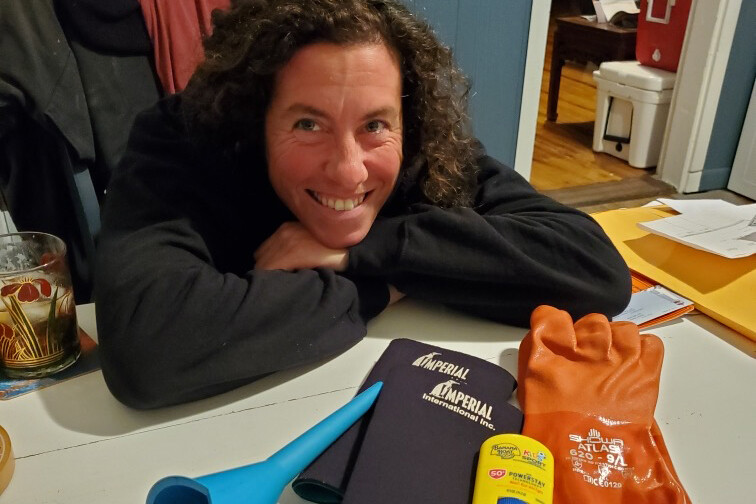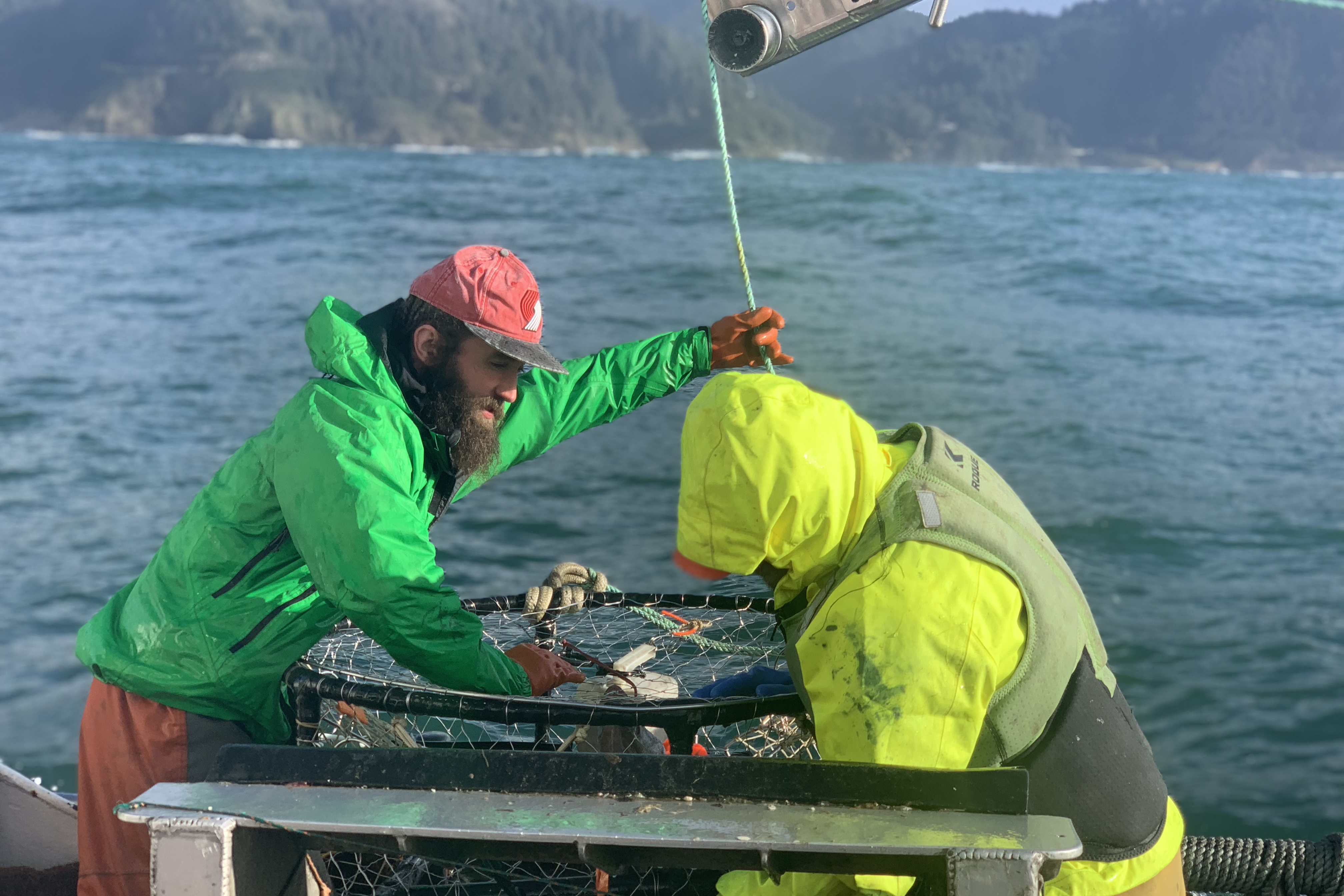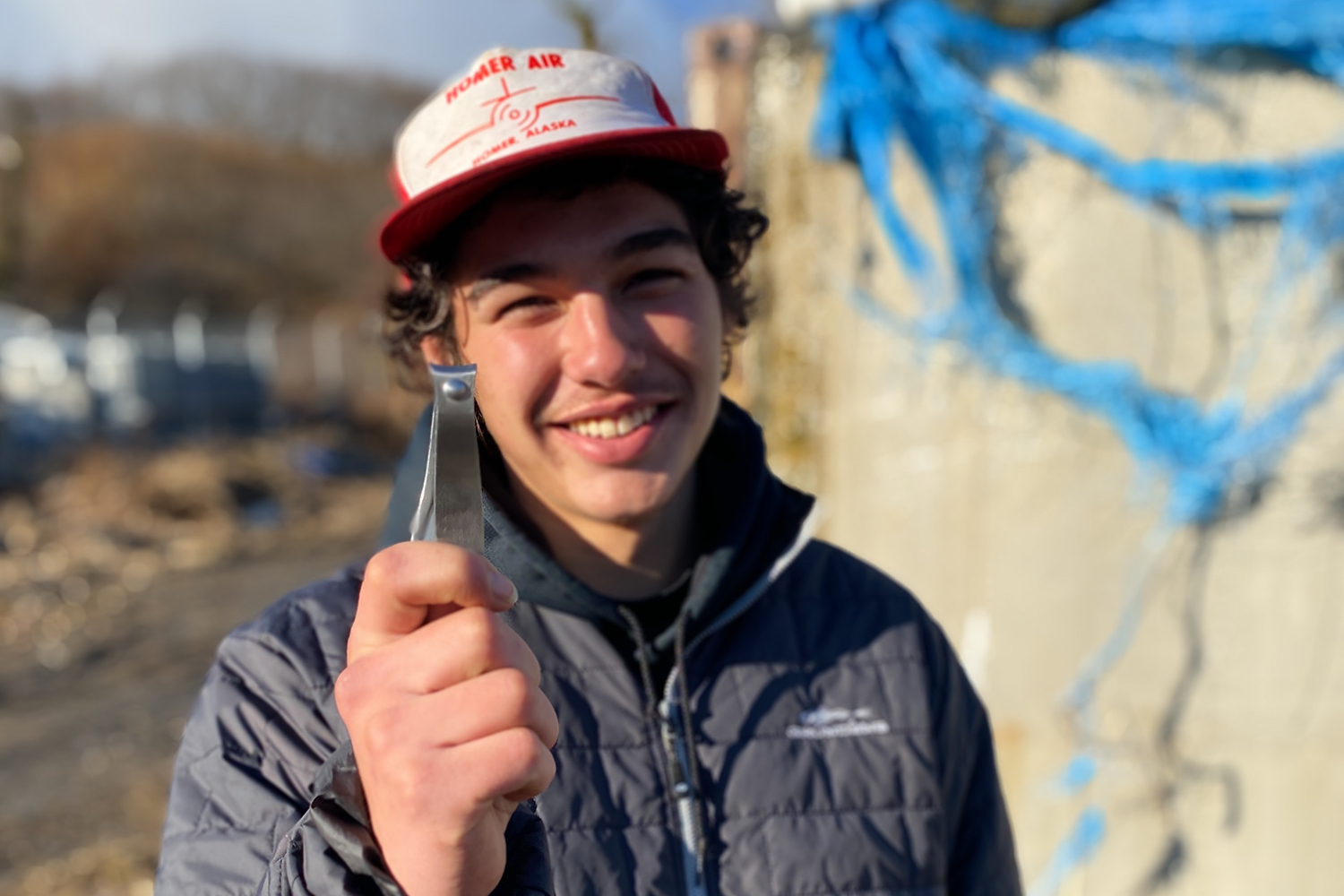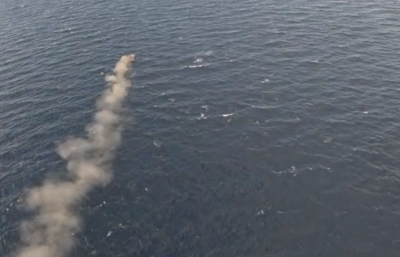Packing for a trip or a season occupies the minds of fishermen in every port — here’s what a few of them say they can’t live without
Tyroan Rediske of Homer, Alaska, is 20 years old and has been fishing the waters off his home state for the last three years.
“We’re trawling for pollock now,” said Rediske at the end of 2020. “Just killing time until they start cod back up.” Rediske was heading back to the Aleutians in January to fish pot cod aboard the F/V Icy Mist, one of the famous Fred Wahl, Super 8s. “It’s a 58-foot by 26-foot boat, one of the earlier ones. I think it was built in 2009.”
It can be brutal in the Bering Sea in January, and Rediske has a suite of gear to help him stay comfortable in a harsh environment. Unpacking his gear bag, he uses a Red Ledge lightweight jacket.
“I think it’s the only one they make,” he said. For bibs, he chooses Guy Cotten’s X-trapper — the blue and yellow ones. “For boots, I use XtraTufs. Personally, I wear the non-insulated ones. I don’t like the insulated ones. I really don’t know anyone who wears them, or the steel toe. I just wear lots of socks and Bama socks that go around your normal socks. They wick away the moisture and keep your socks dry.”
For gloves, Rediske packs plenty.
“I like the heavier blue ones. I don’t use the orange ones with the insulation, they get wet, and they get all gloppy. In the winter, I use wool liners.” Like a lot of fishermen, Rediske wears sweatpants and a sweatshirt under his oil gear, augmented with polypro long johns when the weather demands.
“A few things I always bring are my charging brick and my GoPro camera,” said Rediske, who is active on Instagram. “We usually mount it somewhere on deck and move it around.”
What’s the quirkiest thing Radiske can’t live without? A pair of nail clippers.
“It seems small, but I get really antsy if I’m out here and I don’t have them, because you can’t ask for somebody to borrow them, and it really bugs me if I can’t cut my nails.”
Down in Louisiana, Lance Nacio is geared up for another trip into the Gulf of Mexico on his 65-foot shrimp boat the Anna Marie. His crew is not around, but Nacio said they all use pretty much the same gear.
“I wear Grundéns,” he said of his oil pants. “They’re not real popular, a lot of people will use cheaper knock-offs or whatever, but I love the Grundéns because of the quality.”
Besides his Grundéns, Nacio and his crew wear the ubiquitous white boots of Southern shrimpers.
“They’re Royals,” he said. “American made. Around here we call ’em Dulac Reeboks.”
Nacio makes two-week trips and freezes his shrimp onboard. In winter, he said, they wear warm clothes under their gear.
“You might have ice on deck when it gets real cold.”
To stay in touch on the long trips, Nacio and his crew rely on their smart phones.
“We have a Wilson cell signal booster, and we’re usually close enough to shore that I guess they have a signal about 80 percent of the time.”
One thing about handling shrimp is the sharp barb on the front end.
“The horn,” Nacio called it. “You always want to have tweezers and some needles to get them shrimp stickers out of you. Out here for a couple of weeks, you can get a few.”
Up to Jonesport, Maine, Chouan Strongin and her captain are fishing hard, hauling 400 lobster traps a day, and the run is on.
“One thing I always bring is a change of clothes, a T-shirt, shirt, pants and socks,” said Strongin. “Sometimes if I’m wet and cold, I’ll change clothes halfway through the day.” Strongin has not had good luck with oil gear.
“I found some Helly Hansens last summer. They were light and stretchy, but too thin. I had to keep patching them with Aqua Seal. Then I found some Grundéns for women, the Sedna bibs. With men’s, the crotch is always too low. So if I need to bend over, I always have to hike them up.” Strongin wears the Grundéns Weather Watch jacket in summer.
“But that doesn’t keep you dry,” she said. “With the waves crashing over, or rain, and rope coming through the block spraying everywhere, I always get wet. When it’s colder, I wear the rubber one. But then I sweat — the jacket thing is a real problem.”
Strongin wears XtraTuf boots. For gloves she opts for Atlas.

“In winter, I use cotton liners and get a size bigger glove. And I use those neoprene wristers, the ones that go up to just below your elbow. Those are great.”
Strongin has big hair, long black curls. “I have to have a hat,” she said. “About 50 percent of the time I just want to cut all my hair off, but I just keep tying it back. And I wear a baseball cap in the summer and one of those Carhartt watch caps in the winter.”
To stay comfortable under her oil gear, Strongin wears mostly what she calls workout clothes.
“You know, stretchy, wicking,” she said. “And my hoodie with the sleeves cut off. Because you want the warmth for your body, but you don’t want the sleeves that would get all wet. And I like the hood to wipe spray and bait juice off my face.”
For a dayboat fishery like inshore lobstering, crew bring their own food, and Strongin uses an Igloo Playmate cooler to carry all her grub.
“This is fast-paced work,” she said. “It’s hustle, go, go, go. And I have a high metabolism, and I need a lot of food.” Strongin points out that it has to be food you can eat quickly, so she stocks up on things like energy bars, jerky, and bananas. “And soup. We stick it in the hot tank, and we can have hot soup.”
One hurdle for women fishing on day boats without facilities is when it comes time to pee. Strongin uses a funnel so she can turn her back on the rest of the crew and pee standing up. A number of companies make items specifically for this purpose, the Tinkle Bell, the Go Girl.
“I just use a regular automotive funnel,” said Strongin. “I do not take it off the boat. I would not want that to not be on the boat,” she said with emphasis.
Newport, Ore., shrimper and crabber, Matt Dundas works aboard the F/V Dauntless (“Resurrecting Dauntless,” NF April 2020). Dundas notes that last year they saw a lot of weather coming out of the southwest — rain and fog — but his Red Ledge jacket kept him dry. “Red Ledge coats are the bomb,” he said. “Lightweight, good ventilation.”
Dundas’ kit is pretty much the norm, XtraTufs and Grundéns. He wears Under Armour long johns and short pants, plus a hooded shirt to stay comfortable without sweating. But unique in his bag is a bundle of cookbooks and high-end chef’s knives.
“I have a copy of ‘The Whole Fish,’ that breaks down the whole fish and all the ways you can cook it, and ‘Snout to Tail,’” he said. “They’re pretty good. And I always bring my knives. I have a 9-inch Yoshihiro Sujihiki, and a bunch of others, fillet knives and a Gustav thin fillet knife, because you never know what kind of cutlery a boat’s going to have onboard.”

Dundas likes to cook, and his captains usually give him a free hand in the galley.
“They trust me, and they like if they have someone who can handle the groceries and all that.” Ideally, Dundas likes a well-designed galley. “I’ve seen some badass set-ups, with walk-in refrigerators, flat-top griddles. But another thing I always bring is my Dutch oven. I have a Le Creuset, cast iron, enamel coated. It’s a really nice one.”
Dundas also always brings is his camera.
“I don’t do a lot of social media. I have a Nikon D5500 I got at Costco. I have a telephoto lens and wide angle, it’s all a package. I take pictures all over,” he said. “I’ve got shots of fishing Alaska, coming into Newport.”
Whatever the fishery or time of year, fishermen around the coasts are experts at finding the right gear to keep themselves comfortable and improve their performance, and all have certain things that make it just a little easier.







